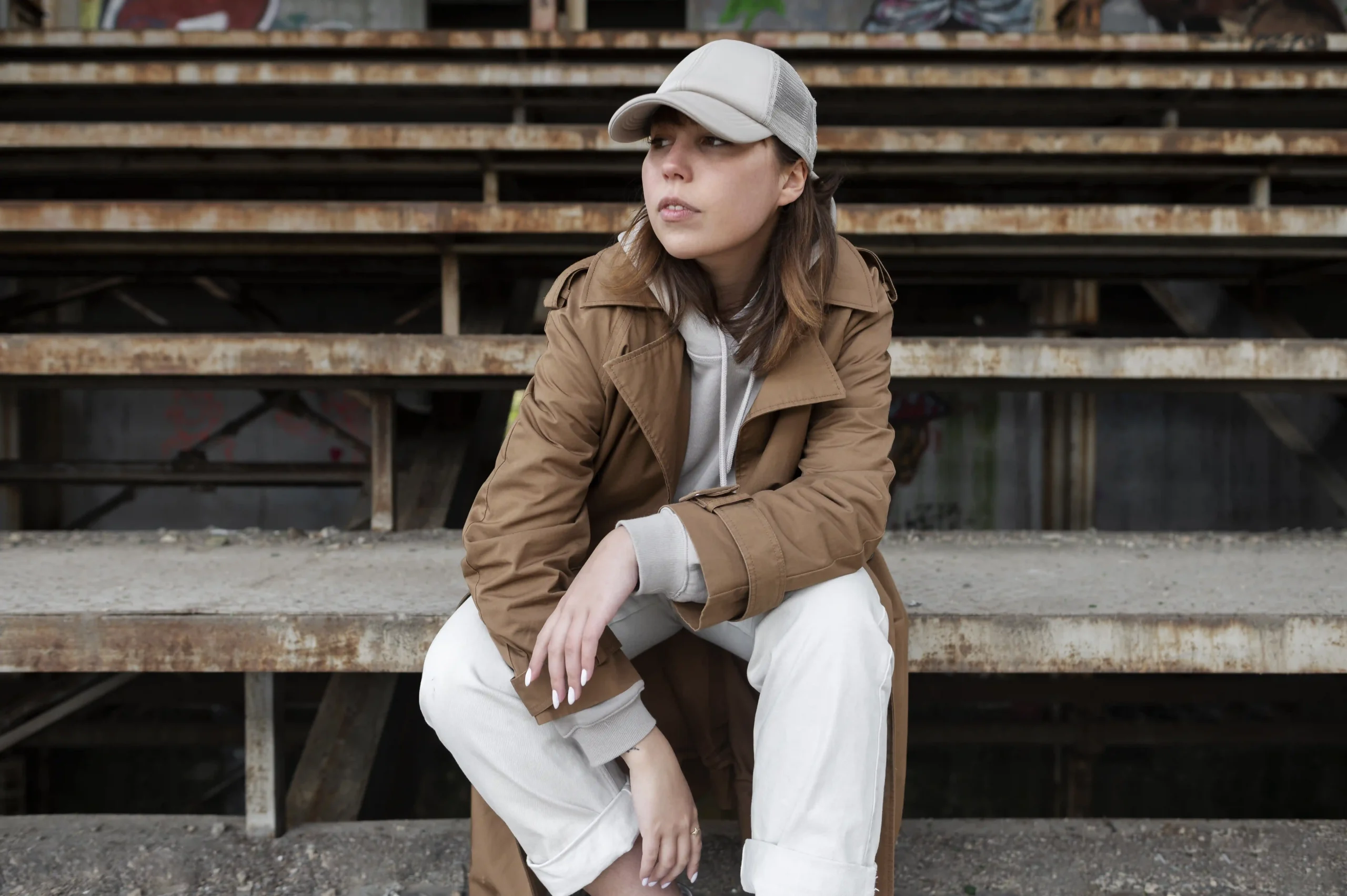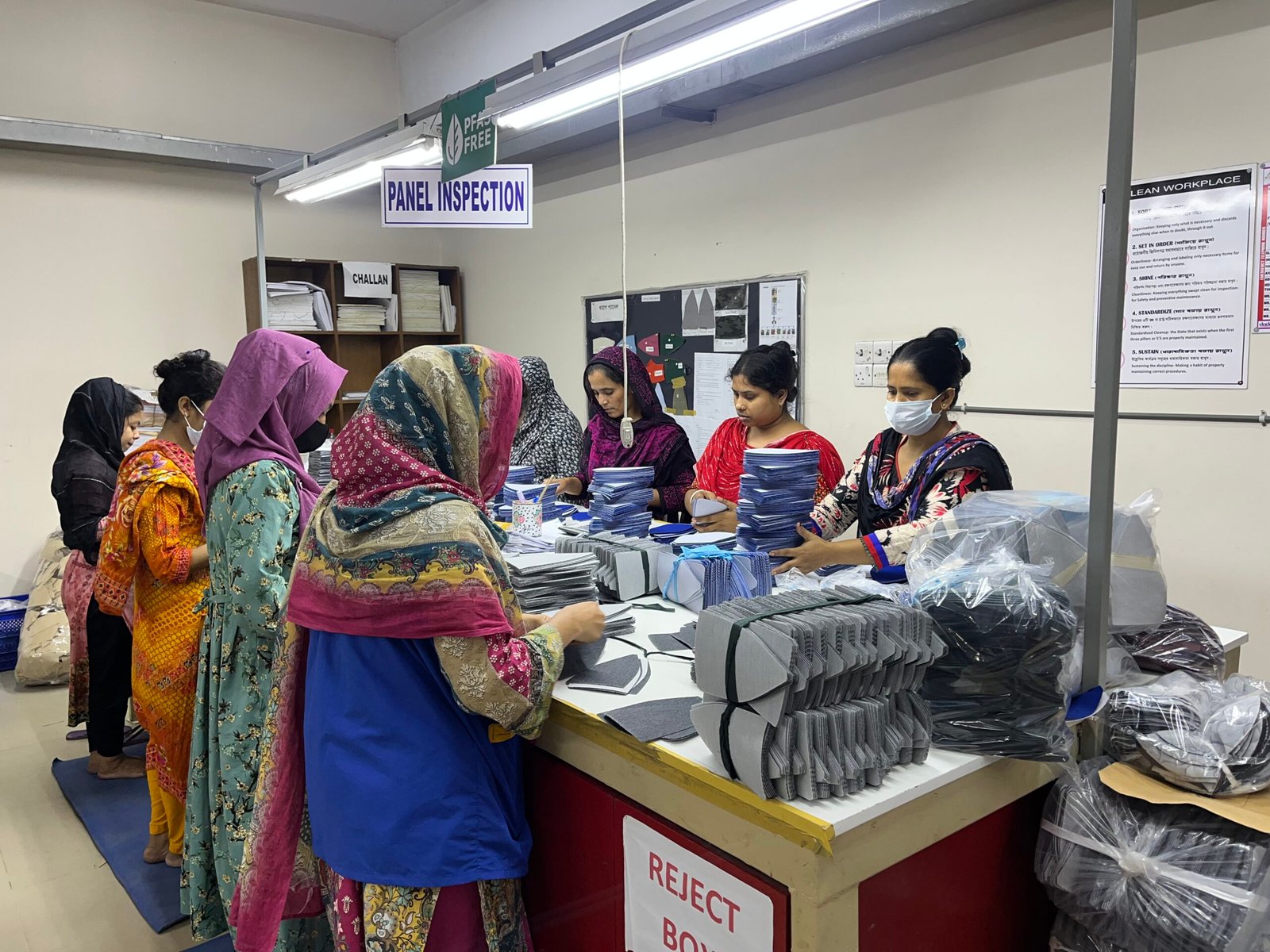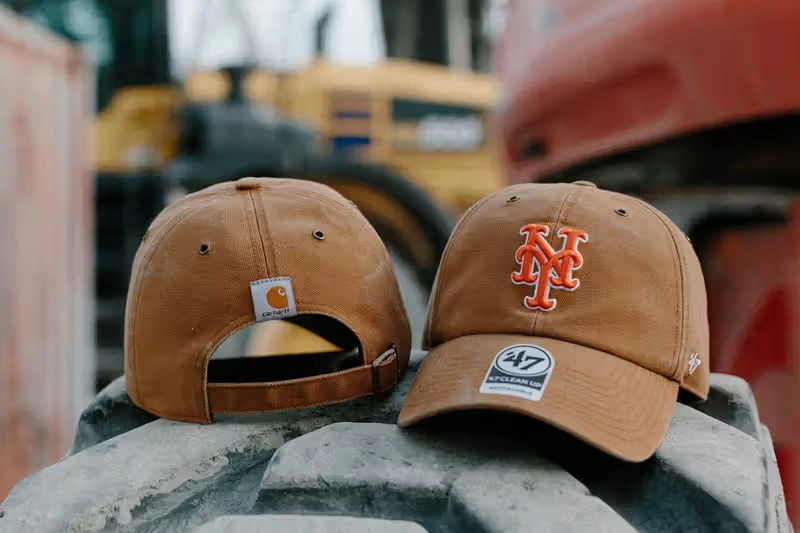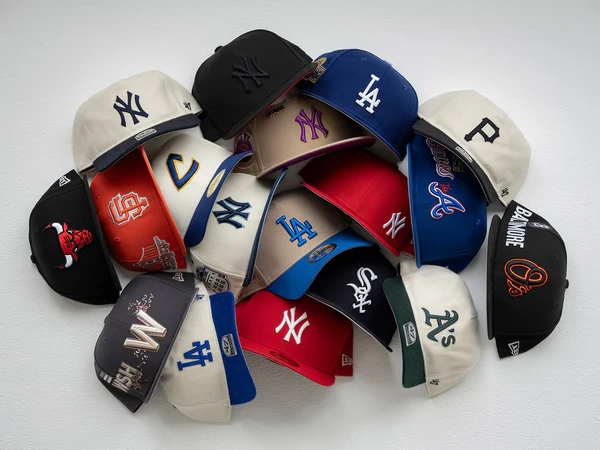When you pick up a trucker cap, the first thing you notice might be the bold logo or the breathable mesh back. But what really shapes your experience is the trucker cap material. The fabric decides how cool you stay on a hot day, how well the cap handles sweat, and even how long it keeps its shape after wear and washing.

Choosing the right material also matters for style and branding. A cotton front gives a casual, natural look, while polyester feels more performance-driven and durable. The mesh back? That’s the secret to airflow and the classic trucker vibe. In short, the material is what makes a trucker cap more than just another hat—it’s what makes it work for you.
Quick Overview
| Material | Breathability | Durability | Best Use |
|---|---|---|---|
| Cotton Front | Good airflow, natural feel | Moderate; may fade | Casual wear, dry climates |
| Polyester Front | Moderate; higher with perforation | High; colorfast | Active wear, humid weather |
| Poly Mesh (Back) | Excellent ventilation | High; durable | Classic trucker style |
| Nylon Mesh (Back) | Excellent; lighter feel | Good; less rugged | Lightweight comfort |
| Foam Front | Lower; depends on mesh | Moderate; may yellow | Promo, bold graphics |
| Cotton-Poly Blend | Balanced comfort & airflow | High; less shrink | Everyday use, team caps |
Anatomy of a Trucker Cap

A trucker cap may look simple, but each part is made from a specific material that affects comfort and performance. The front panel is usually cotton or polyester, and sometimes foam for a high crown look. These choices influence how the cap feels, how well it holds shape, and how easily it can be decorated with logos or prints.
The back panels are almost always polyester or nylon mesh, giving the cap its signature airflow. Inside, a sweatband helps absorb or wick moisture, making the cap more comfortable for long hours. Together, these materials create the lightweight, breathable style that makes trucker caps a favorite for both casual wear and active use.
Cotton Front Panels

Cotton is one of the most common trucker cap materials, and for good reason. It has a natural look and a soft feel that makes it comfortable for everyday wear. Cotton twill also holds embroidery well, making it a favorite for brands and teams that want detailed logos or designs on the cap front.
But cotton does have limits. It absorbs sweat quickly, which can leave stains and take longer to dry. When soaked, cotton may lose its crisp shape. That’s why cotton front panels work best in casual settings, dry or temperate climates, and for people who want a relaxed, classic look in their trucker cap.
Pros: soft, breathable, natural look, easy embroidery
Cons: absorbs sweat, slow drying, may lose shape
Best use: casual wear, cooler or dry climates, heritage styles
Polyester Front Panels

Polyester is another popular trucker cap material, especially for people who need durability and performance. Unlike cotton, polyester is colorfast, so it won’t fade easily after repeated washes or sun exposure. It’s also moisture-wicking, meaning it moves sweat away from your skin and helps the cap dry faster. Polyester panels hold their shape well, even after long wear, which makes them a favorite for sports teams and active users.
The main drawback is comfort. Polyester can sometimes feel a bit synthetic, especially if the cap doesn’t have perforations or mesh for extra airflow. Still, it shines in hot or humid conditions, and it’s perfect for anyone who needs a cap that can handle sweat, activity, and frequent washing without wearing out.
Pros: durable, colorfast, moisture-wicking, keeps structure
Cons: can feel synthetic without extra ventilation
Best use: hot/humid climates, active wear, frequent laundering
Mesh Materials (Back Panels)

The mesh back is what makes a trucker cap instantly recognizable. Most caps use polyester mesh, which is sturdy, holds its shape, and resists wear. Some use nylon mesh, which feels lighter and smoother but may not be quite as durable. Both materials are designed to maximize airflow, keeping your head cooler than a solid fabric cap.
Mesh density also makes a difference. Larger holes provide more ventilation but allow more sun exposure, while tighter mesh offers a bit more shade and structure. This balance lets wearers pick the trucker cap material that matches their comfort and style needs.
Polyester mesh: durable, structured, widely used
Nylon mesh: lighter, softer handfeel, slightly less rugged
Mesh density: bigger holes = more airflow, tighter weave = more shade
Foam vs Non-Foam Fronts

Not all trucker caps use the same type of front panel material, and the choice changes how the cap looks and feels. Foam fronts are usually made from poly foam. They’re lightweight and perfect for bold, eye-catching graphics or sublimation printing. However, foam is less breathable and can yellow or compress over time, especially with heavy use.
On the other hand, fabric fronts—made from cotton or polyester—offer a more premium, everyday feel. They breathe better, hold embroidery designs cleanly, and keep their shape with the help of buckram backing. These fronts are ideal for brands or wearers who want durability and comfort along with a polished look.
Foam fronts: bold graphics, lightweight, retro style; less breathable, may age faster
Fabric fronts: more breathable, premium look, better for embroidery
Use-Case Picker

Different trucker cap materials work best in different situations. Picking the right combo means you’ll stay comfortable while also getting the durability or style you want.
Hot & humid conditions: Choose a polyester front with poly mesh and a moisture-wicking sweatband. This setup keeps sweat off your skin and maximizes airflow.
Dry casual or heritage look: A cotton front with poly mesh gives a natural style while still allowing breathability from the back.
Promo or graphic-led caps: Go for a foam front. It’s lightweight and provides a smooth surface for bold logos and printed designs.
Workwear and durability: Pick heavy polyester twill with tough mesh. It’s strong, keeps its structure, and stands up to long-term wear.
This simple guide helps you match trucker cap material to the climate, activity, or branding purpose you have in mind.
Durability & Care

How long your trucker cap lasts often depends on the material and how you take care of it. Polyester fronts and mesh panels are generally more colorfast than cotton, meaning they hold their color and shape better after many washes or hours in the sun. Cotton panels, while stylish, can fade faster and lose structure if soaked often.
Foam fronts have their own challenges. Over time, foam can yellow, compress, or lose its bounce. Mesh panels, especially nylon, may snag if caught on sharp objects. The best way to extend a trucker cap’s life is simple: hand wash gently in cool water, reshape while damp, and always let it air-dry rather than using high heat.
Polyester: holds color, durable with frequent use
Cotton: may fade or lose shape when wet often
Foam: can compress or yellow with age
Mesh: avoid snags; hand wash to protect weave
Ready to Get Started?

Build custom trucker caps with the trucker cap material that fits your brand—cotton for a classic look, polyester for performance, mesh for airflow, or foam for bold graphics.
At JoinTop, we provide full OEM/ODM support with local factories in China, Bangladesh, and Vietnam for fast sampling, competitive pricing, and flexible order quantities. Contact our team to request material swatches, upload your logo, and start your custom trucker cap project today.
FAQs
What is the most breathable trucker cap material?
Mesh, especially polyester or nylon mesh, is the most breathable part of a trucker cap. Larger mesh holes improve airflow but can expose your head more to the sun.
Which trucker cap material is easiest to clean?
Polyester is the easiest to clean since it resists stains, dries quickly, and holds color better than cotton. Foam fronts need gentle care to avoid damage.
Can trucker caps be made from eco-friendly materials?
Yes. Many manufacturers now offer trucker caps made with recycled polyester (rPET) mesh or blended fabrics, giving a sustainable option without losing durability.
Do different materials affect embroidery quality on trucker caps?
Yes. Cotton and cotton-poly blends hold embroidery stitches best. Foam can also work but requires special digitizing, while mesh backs usually aren’t embroidered.
How long do foam-front trucker caps last compared to fabric fronts?
Foam fronts often break down sooner, as the foam can yellow or compress. Fabric fronts in cotton or polyester last longer, especially with proper care and washing.




